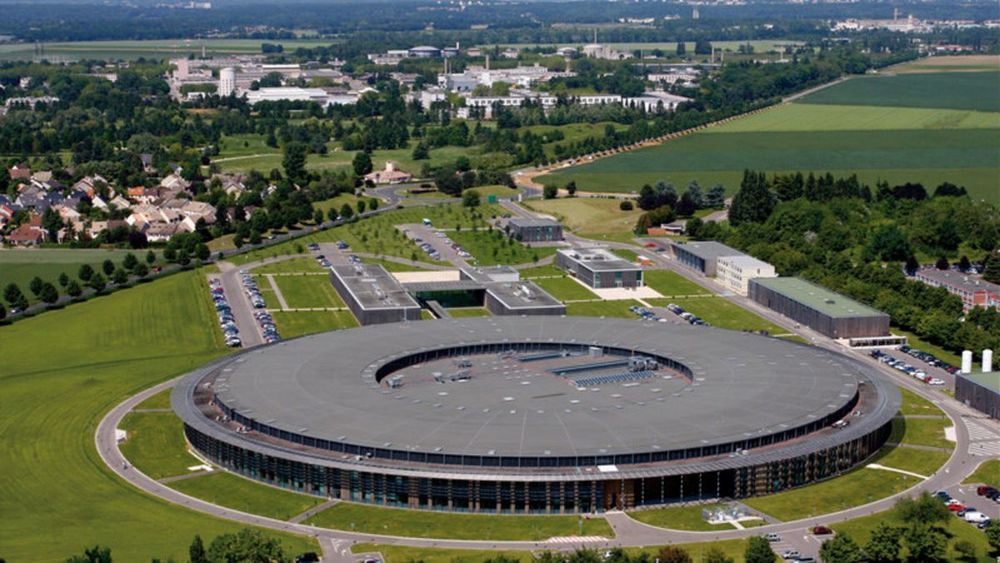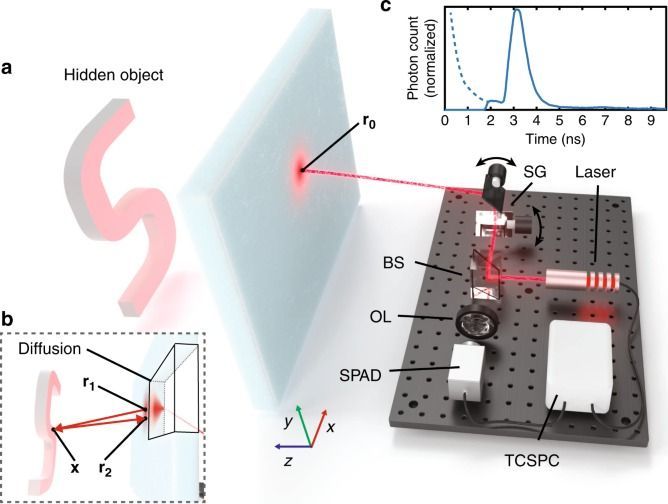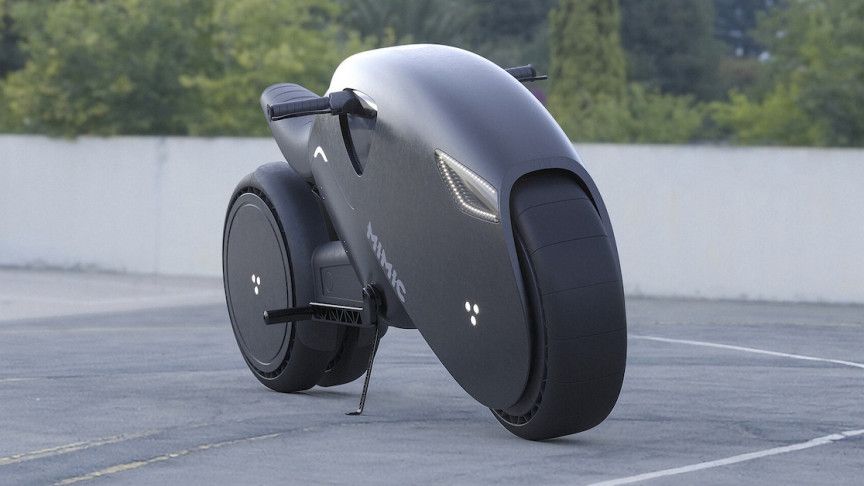Could this be China’s smartest’ warehouse?
Category: futurism – Page 883



Student makes canoe from fungus which grows mushrooms when it’s used
A Nebraska student has grown her own canoe using fungus — and it sprouts new mushrooms every time she takes it out on the water.
Katy Ayers, 28, created the 8ft-long boat from fibrous mushroom roots, otherwise known as mycelium.
The roots are usually found beneath soil and known for their dense, buoyant and waterproof properties, The Times reported.


Gravity Assist: Is Artifical Intelligence the Future of Life?
Has science fiction shaped our thoughts about space? In a new episode of our #GravityAssist podcast, astrobiologist Susan Schneider shares her theories on what life might be like in the future.
🎧 Listen: https://go.nasa.gov/3mfxZE4
LifeStraw Water Filter Is Put to the Test on Sewage, Urinal Water, and Vomit
O,.o.
Vat19 puts the life-saving LifeStraw water filter to the test by trying it out in sewage, urinal water, water from the Mississippi River, and even some liquid vomit. The video, naturally, comes with a warning for the weak of stomach.
This is our grossest video ever. If you have a weak stomach, you’ve been warned!?

Tactical Airborne Laser Weapon System (TALWS)
How can combat pilots protect warfighters in the air and on the ground at the speed of light? We’re developing laser pod technology now to be ready for action when the warfighter calls. The future is almost here.
Learn more about TALWS: https://lmt.co/3hry0kJ